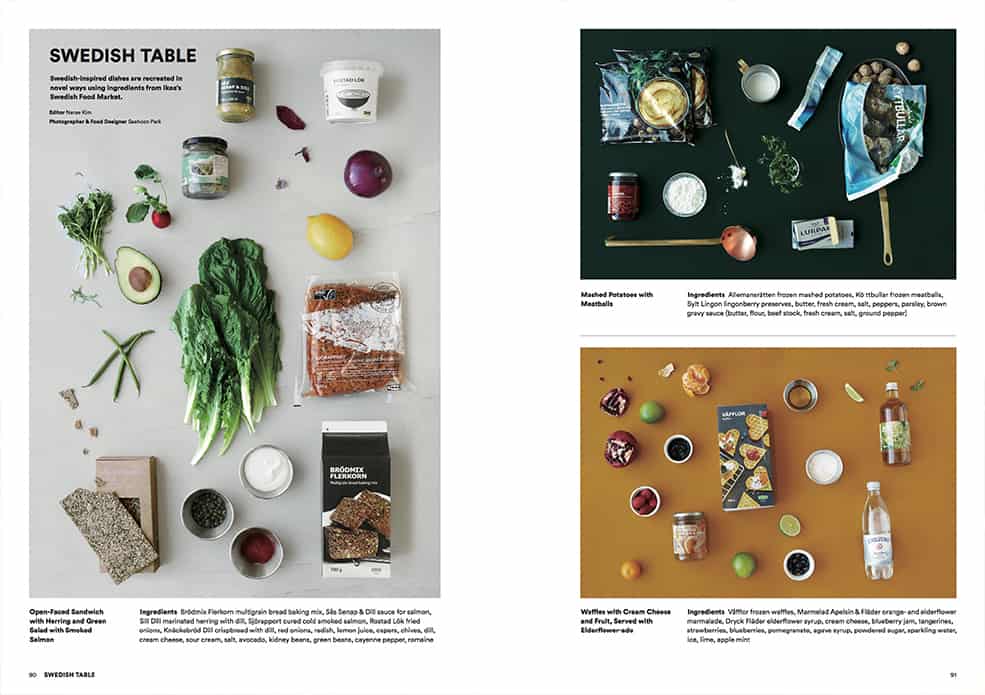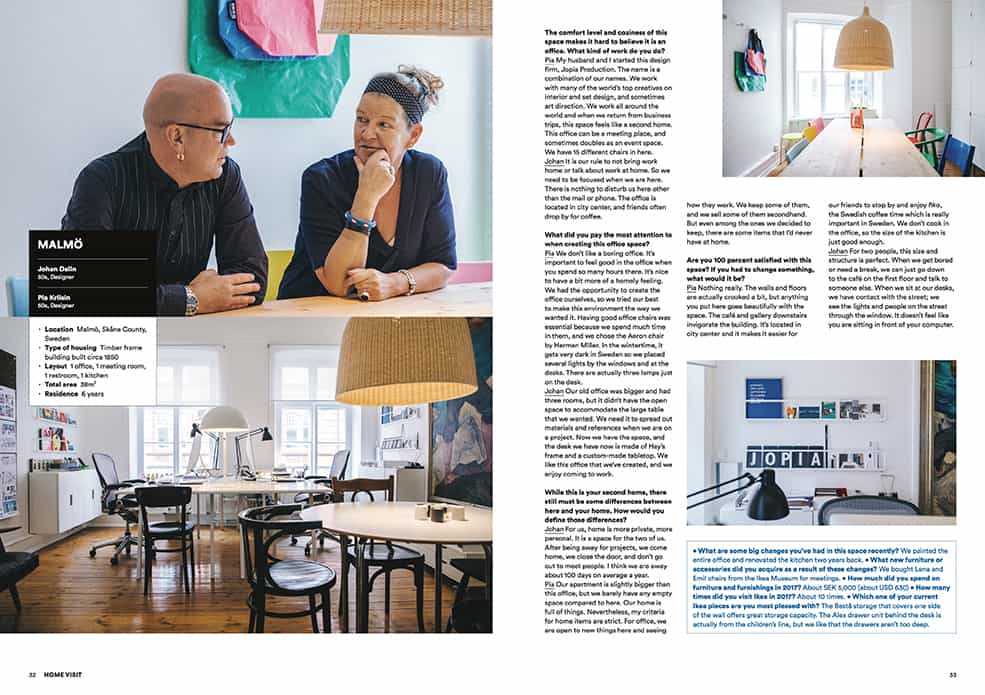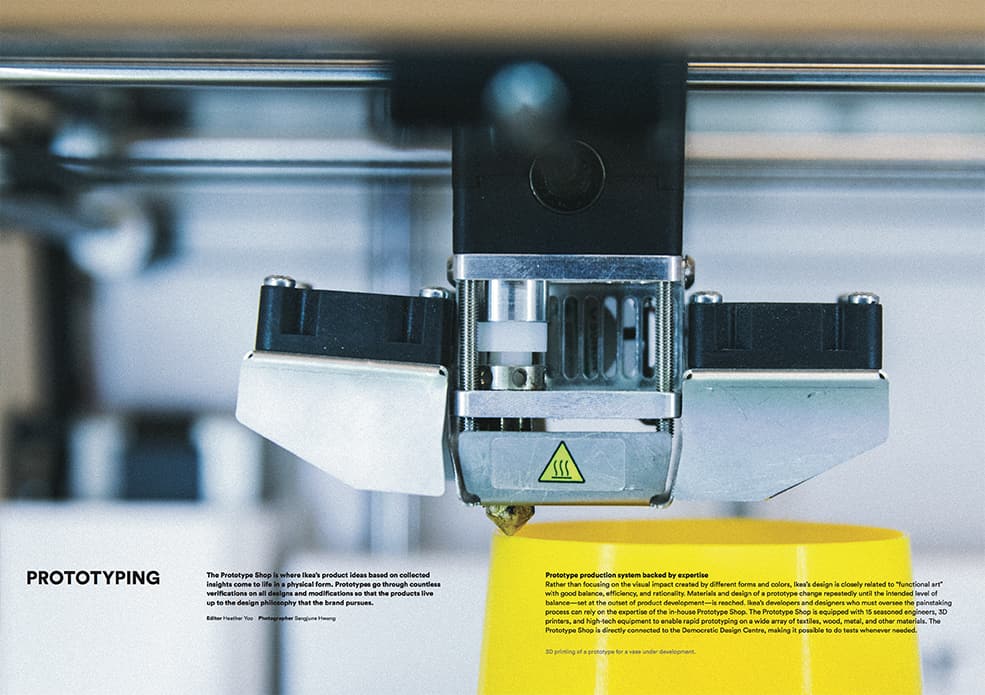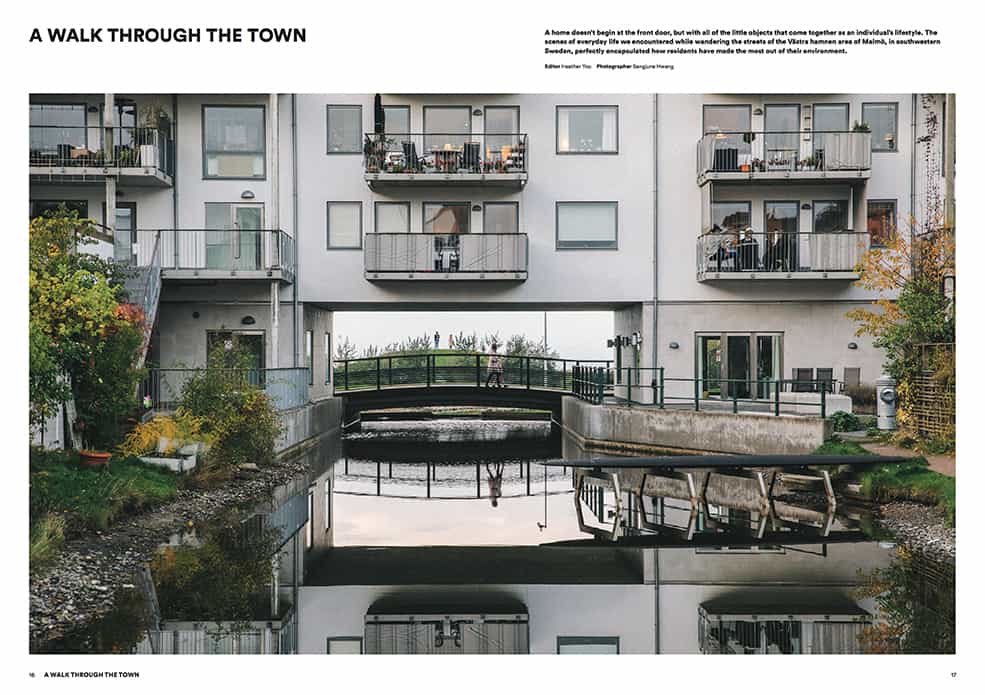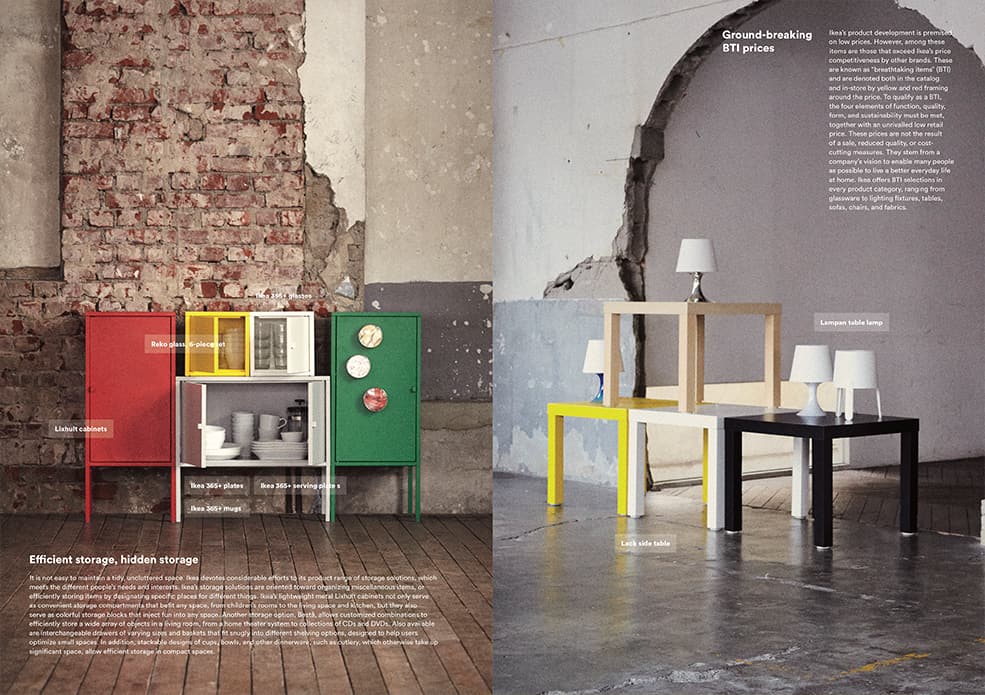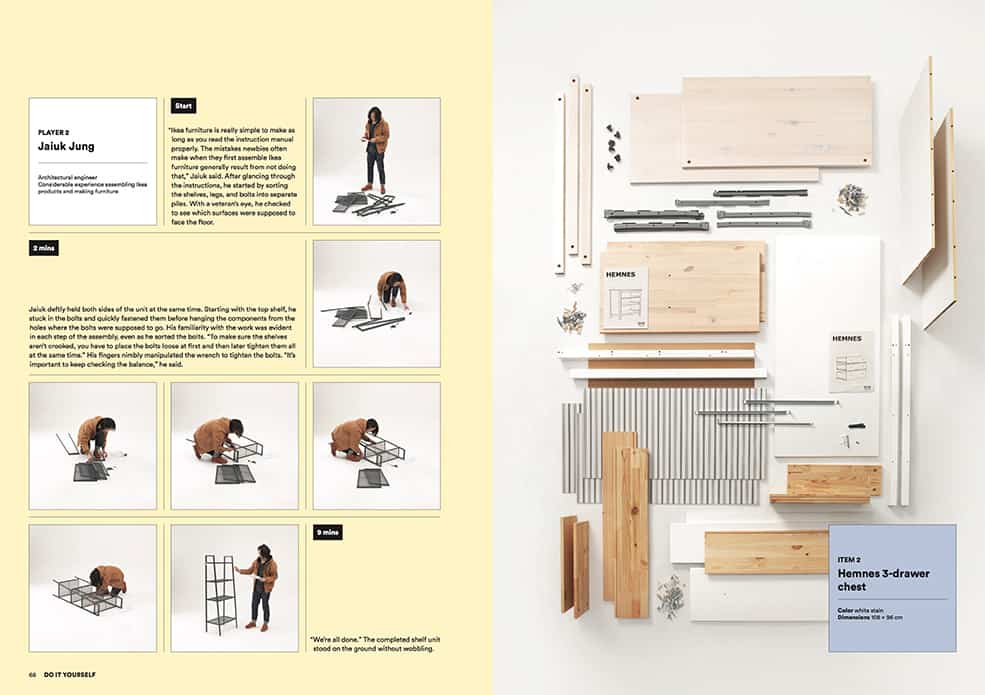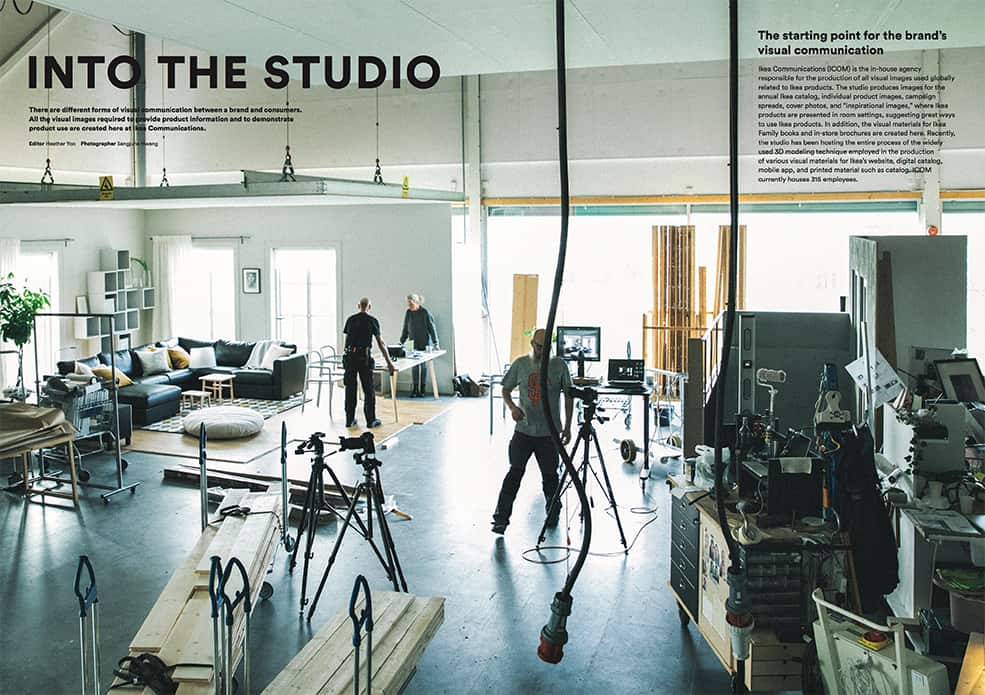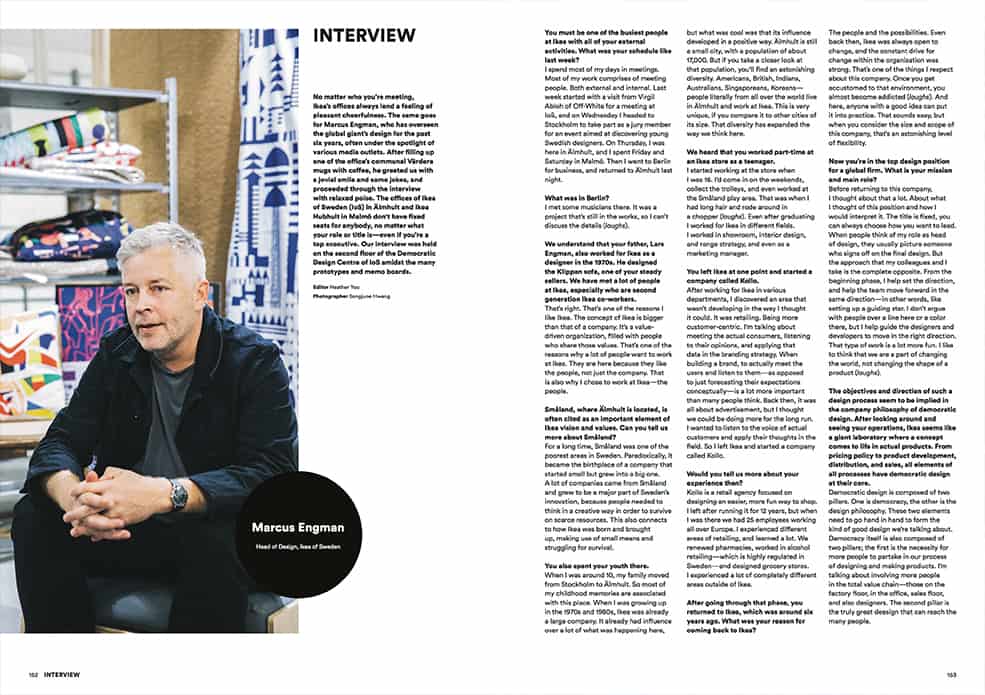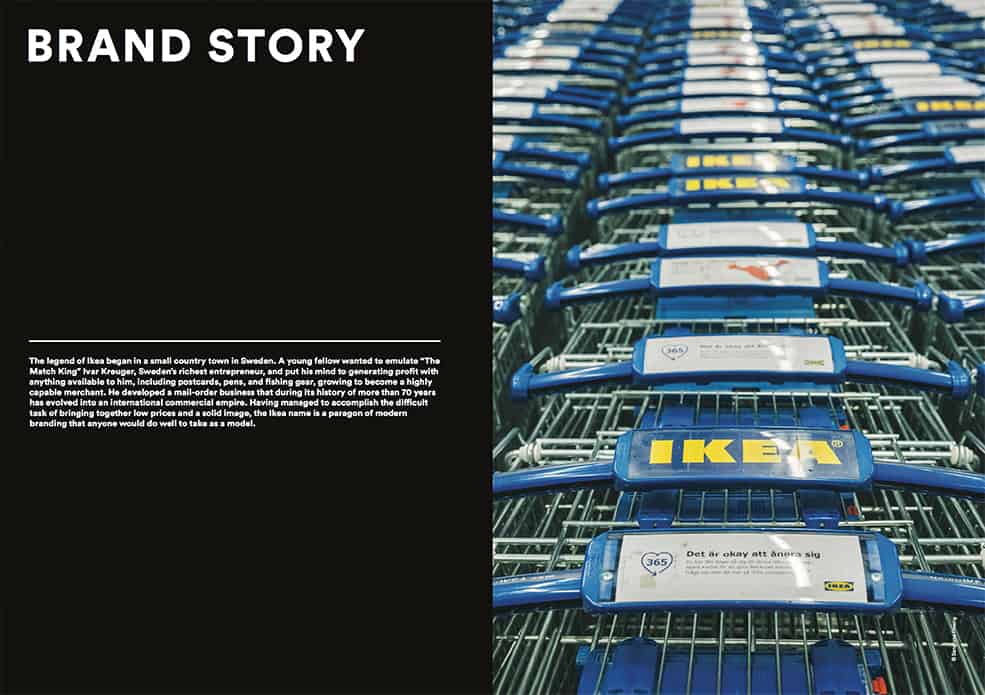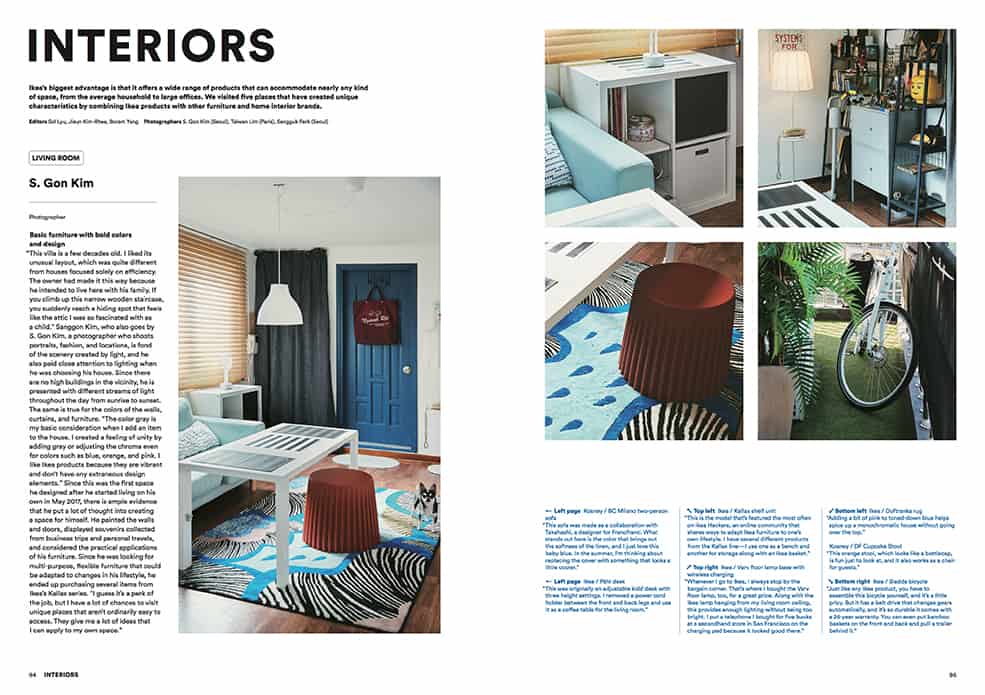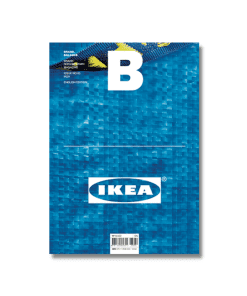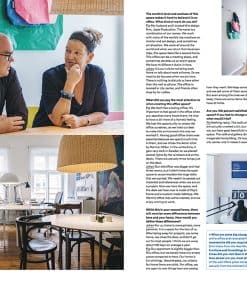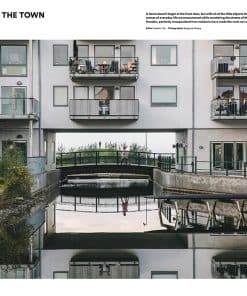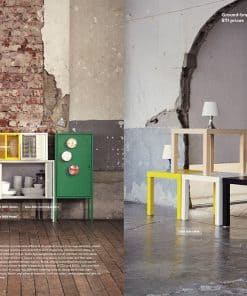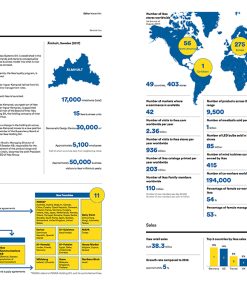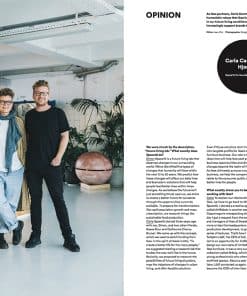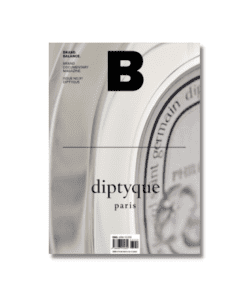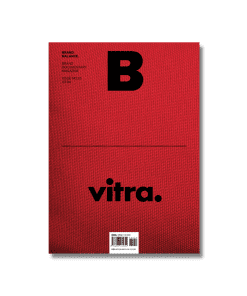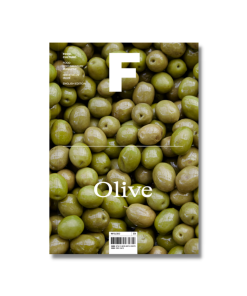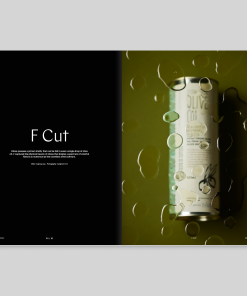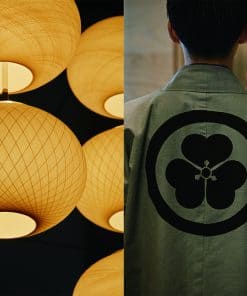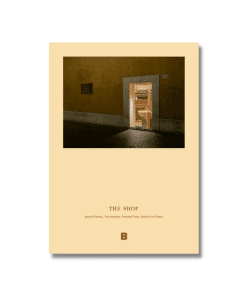Magazine B No.63 IKEA
480.000₫
- Hardback | 296 pages
- 210 x 250 x 30.48mm | 1,474.18g
- 19 Oct 2021
- Melbourne, Australia
Cho phép đặt hàng trước
Ikea began in 1943 as a mail-order business in the small town of Älmhult, Kronoberg in southern Sweden. Today, Ikea has grown to become a global home furnishing brand with an unequaled reputation in 49 countries around the world. In line with its vision
“to create a better everyday life for the many people,” Ikea brings its philosophy of democratic design to bear on every aspect of its products, from form to function, quality, sustainability, and low price, and on every phase of its work from product development to production, supply, and sales.
Welcome to the 63rd edition of B, also our very first edition of 2018.
As our readers know, we make all editions of B available as standalone volumes. That’s why, for us, putting out a special New Year’s issue has never been the grand fanfare event it can be at other monthly magazines. But that is not to say that the first editions of each year are not special. Every January and July, we publish a special two-month double issue. For our editorial staff, this means a mettle-testing race against deadlines. It means reviewing the usual amount of source material several times, spending significantly more time with more interviewees, and spending more time mining the depths of the brand at hand. Making a bound issue requires a longer, more time-consuming process, which is why we need to be extremely careful with our brand selection from the beginning. The final candidate must be compelling enough—in terms of overall brand narrative as well as wider social and cultural relevance—to merit all the extra pages.
Ikea, this edition’s featured brand, undoubtedly satisfies such criteria. In size alone, Ikea is already a veritable empire in home furnishings. In influence, no other brand has permeated so deeply into the lifestyles of people of all genders, income levels, occupations, not to mention places of residence. In level of brand affinity, the company can be compared to Starbucks and Google. There’s no denying that Ikea has already become a familiar part of our daily lives. Some might ask: “How?” What enabled Ikea’s rise to fame from modest beginnings as a wholesale furniture operation in the small town of Älmhult in southern Sweden? Many would agree that the brand’s democratic ideals were key. After all, democracy is about giving power to the people. And what drives Ikea is not a focus on brand power but a belief in the power and potential of people—those who use Ikea products and come to share in its culture. From the giant warehouse-model stores and at pack packaging to the continuously updated assembly methods and practicality- first designs, all of the brand’s defining features reflect a wholly user-focused approach.
According to Ikea, good design is for everyone, not just a privileged few. The company’s tried and true system of delivering mass produced goods at low prices is underpinned by this belief that quality furnishings should be available to all. It’s no wonder, then, that Ikea has often provided the first spark of inspiration for people seeking to personalize their spaces. Back when I was a student, for example, and still a stranger to the concept of interior design, the Ikea catalog was like a free textbook, a guide to help me envision and realize my ideal space. I imagine it has played the same role for those living in unfamiliar environments away from home, offering ideas for how to make any space livable, no matter its size, its proximity to the place I call home, or the duration of my stay. Ikea also holds a special significance for young entrepreneurs hoping to start their companies with very little capital. Miguel McKelvey, co-founder of the shared workspace company WeWork, once said in an interview that he spent many weekends during the company’s early days driving to Ikea to buy countless wooden boards to be turned into office desks. I imagine that to the WeWork founders, these boards were not mere pieces of wood but rather symbols of the viability of their vision. It wouldn’t be too much of an exaggeration to say that Ikea is now no longer a brand but a public good. It has given people a sense of material and emotional abundance to live their lives fully. In this way, it accomplished as a business what we would more often expect of our societies and our national governments.
Ikea’s stores are stocked with thousands of different home furnishing goods, but at the end of the day, what the company provides us with is not products but solutions. Other companies might see design as some sort of wrapping paper for a final touch, but Ikea understands design as a means to improve and enhance environments and situations on a number of levels. Thanks to Ikea designs, customers around the globe are able to find solutions that t their lifestyle or business needs. Working to provide better solutions to more people: I imagine this is the kind of vision that will de ne the brands of the future.
Content & Editorial Director
Eunsung Park
Sản phẩm tương tự
Danh mục theo chủ đề
Danh mục theo chủ đề
Danh mục theo chủ đề
Danh mục theo chủ đề
Danh mục theo chủ đề
📚 Có sẵn tại Sạp
Danh mục theo chủ đề


